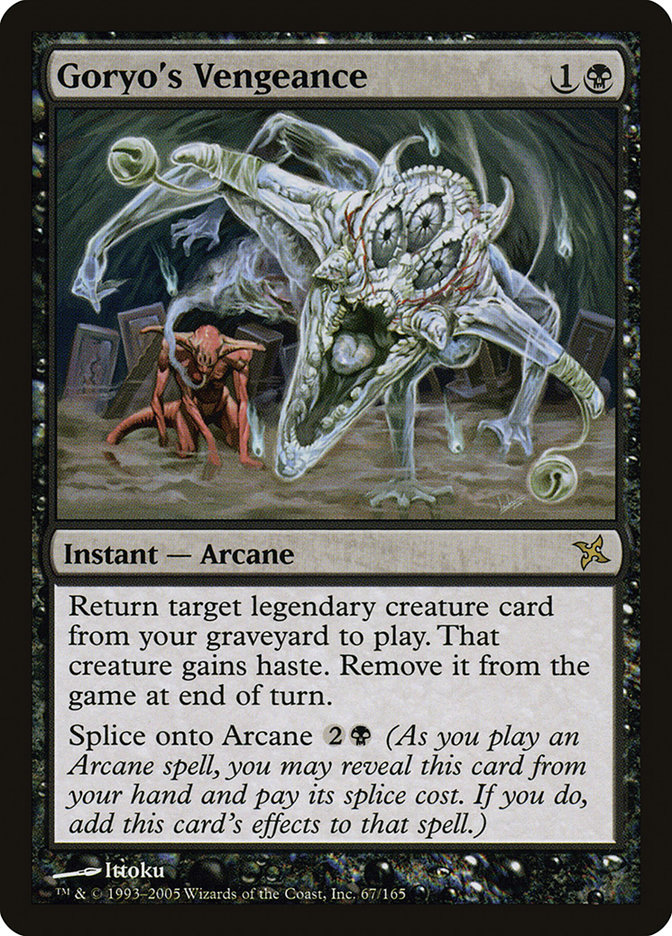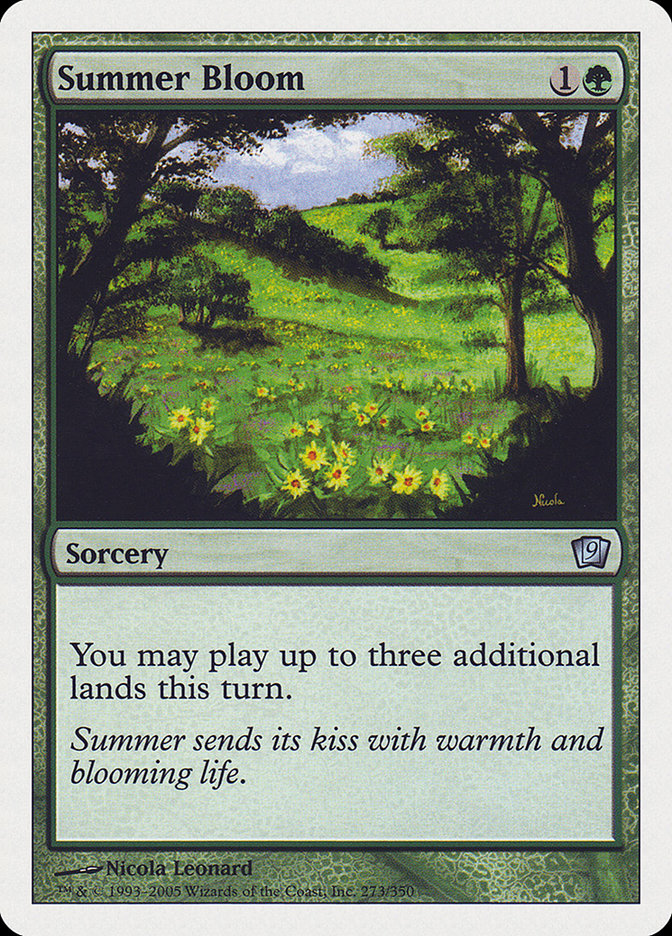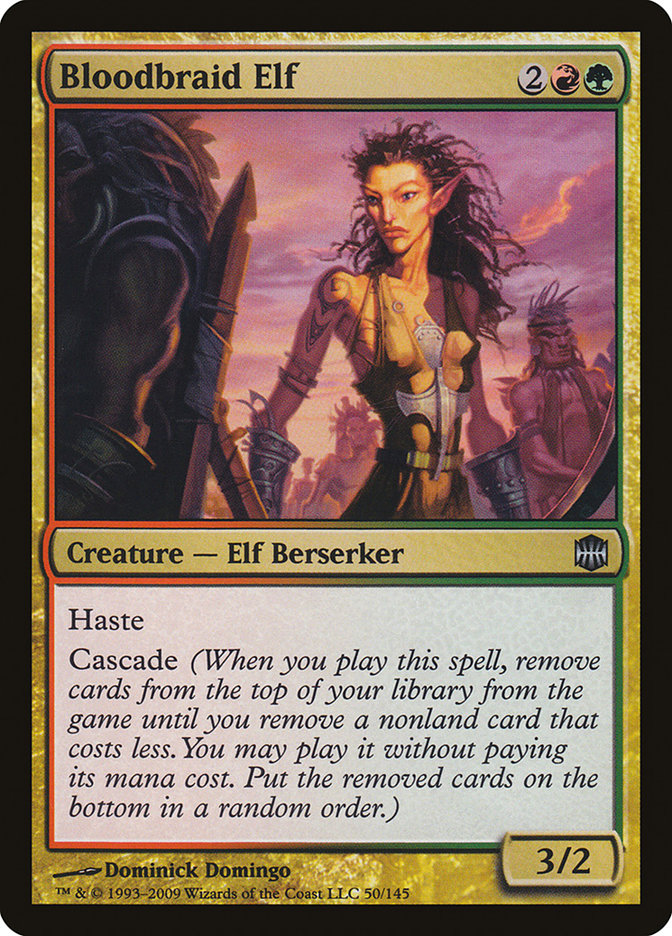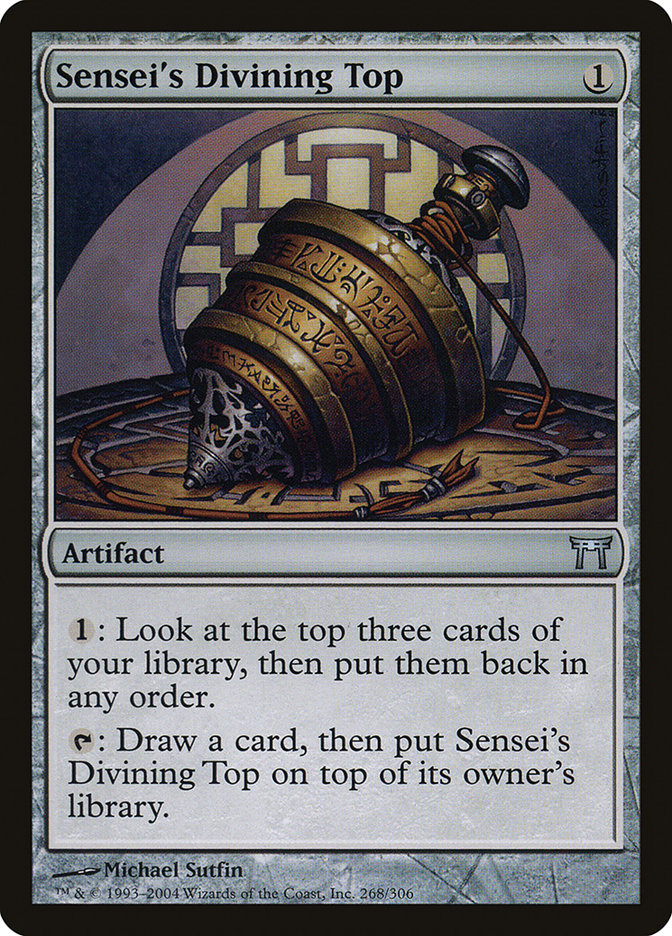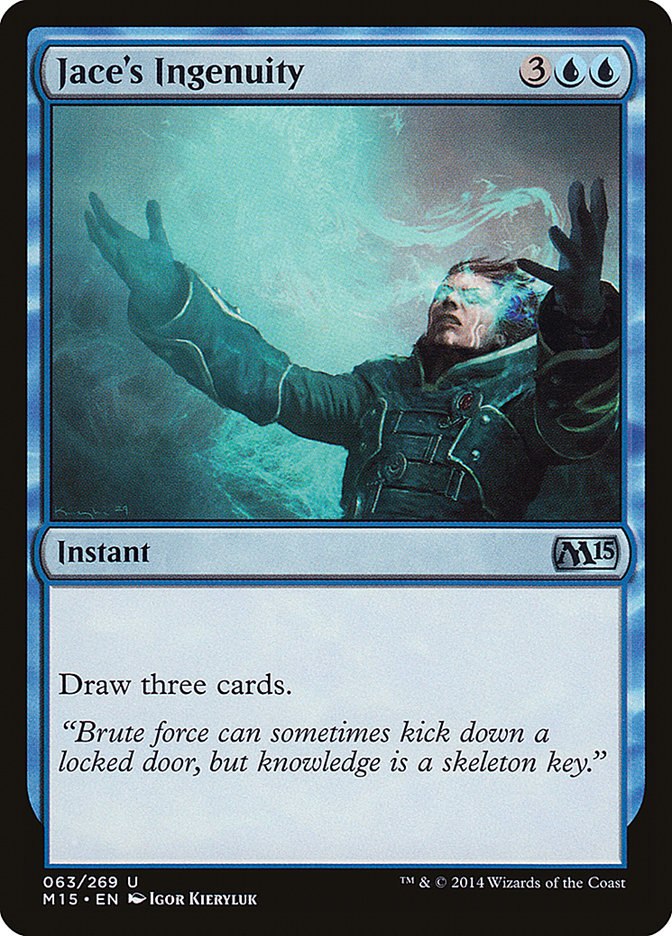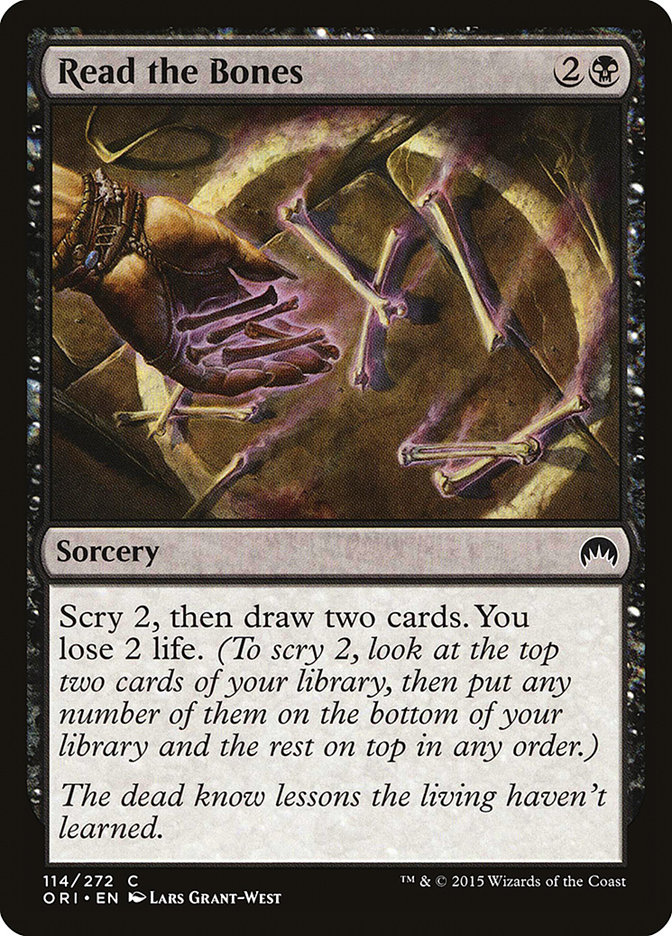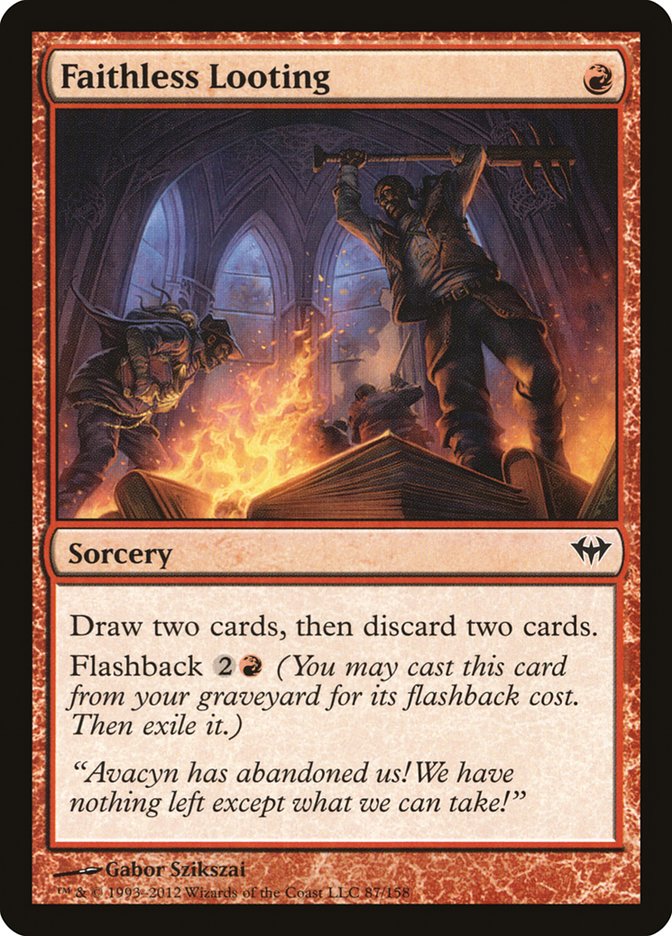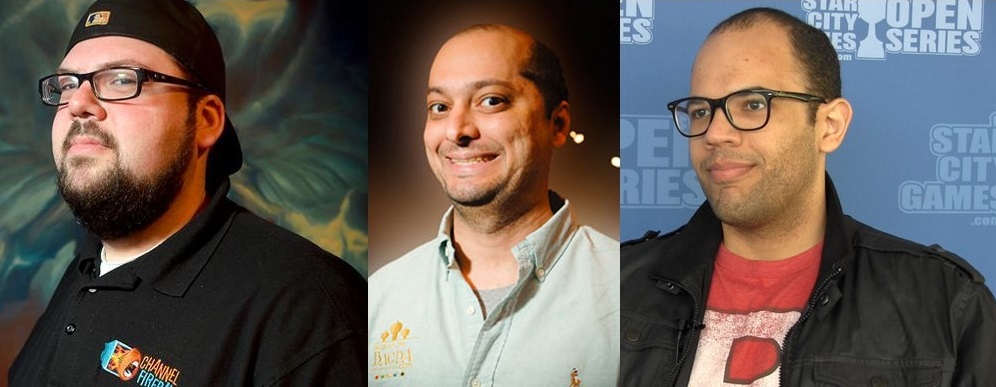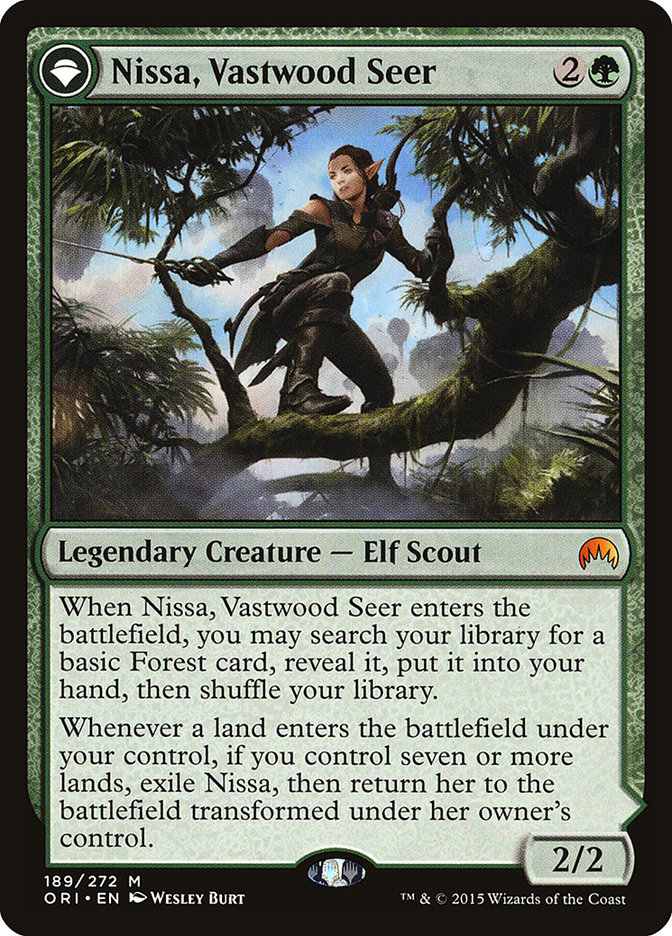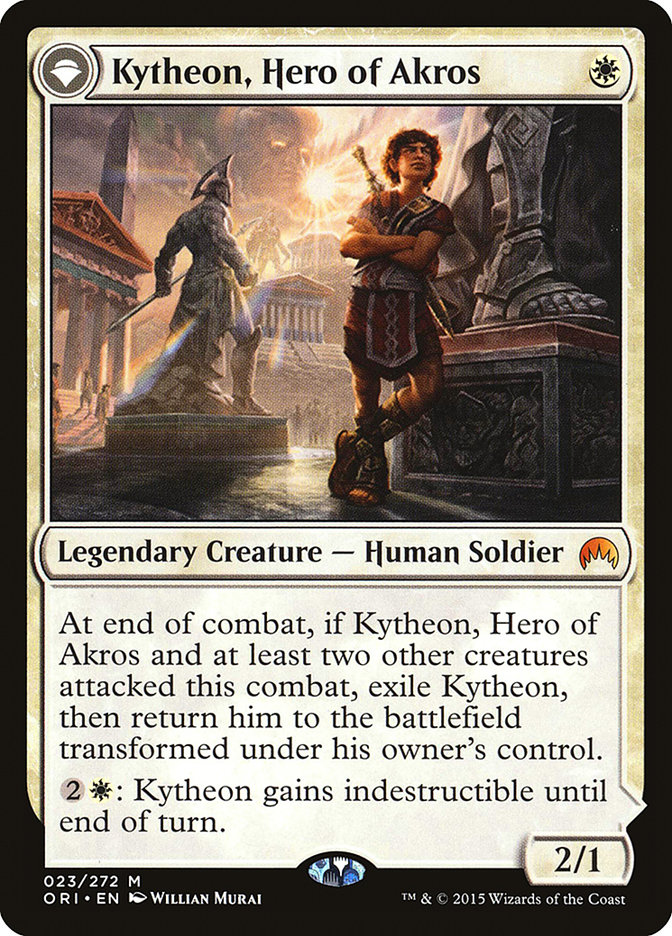CEDitors Note: Hello everyone and welcome to another edition of Fact or Fiction! In this column, two Select writers will answer five questions provided by yours truly on Magic related topics. At the end, you have the opportunity to vote on who won the head-to-head battle. This week, we have Gold Level Pro, Michael Majors, doing battle against SCG Cleveland champion, Ross Merriam!
1.) You like that no changes were made to the Modern Banned List.
Michael Majors – Fiction: My assumption before the announcement was that Goryo’s Vengeance and Summer Bloom would be receiving bans. As the most egregious (and narrow) enablers of their respective archetypes – Grishoalbrand and Amulet Bloom – I’m surprised that they remain intact. WotC has stated since Modern’s inception that their philosophy towards combo decks is that they should be unable to kill reliably before the fourth turn. As I found out here, not only is Amulet Bloom capable of breaking this rule, but they can do it rather effortlessly on the right mulligan to five.
Grand Prix Charlotte was the breakout tournament for Grishoalbrand. While Nourishing Shoal was mentioned as early as Griselbrand’s printing by Gerry Thompson and Grishoalbrand decks have seen niche play since over the last several years, it just feels like the world finally figured out how to get it right. Not only is Grishoalbrand a combo deck capable of killing on turn two, but merely by casting Goryo’s Vengeance on Griselbrand it is nearly guaranteed to draw its entire deck and kill at instant speed. Through the Breach allows the archetype to not only dodge graveyard hate, it executes a back-up plan of creating fifteen power with Worldspine Wurm. Furthermore, one of the best tools for fighting the deck – Spell Snare – can be turned into a joke by utilizing the splice mechanic on Goryo’s Vengeance in conjunction with many of the cards in the deck. Simply put, the deck has too much resiliency in regards to its power level.
Are these decks unbeatable? No, sideboard cards are effective against them just like in every other Modern combo matchup. Do the decks encourage interactive games of reasonable length? Absolutely not. I suspect WotC will continue to keep a close eye on the results of these two decks in premier Modern tournaments over the remainder of the year, and I wouldn’t be surprised if either deck saw pieces banned or if there was a discussion on Modern to clarify on why these two archetypes are acceptable within the format’s framework.
Ross Merriam – Fiction: First, I believe that Amulet Bloom violates a fundamental principle of the format by being consistently too fast, so some piece of that deck should have been banned. Whether that card should be Summer Bloom, Primeval Titan, or Amulet of Vigor I do not think is particularly important, although it is clear to me that Primeval Titan is the most broken of the three and thus the most likely to be a recurring problem in the future.
On a more general level, I am always disappointed to see Modern not get shaken up whenever possible. It is not played particularly often and thus is prone to stagnation. Moreover, printing new cards is not an effective means of making significant changes to Modern since it is difficult to find cards that will make an impact while still being reasonable for Standard. While we have recently seen the addition of cards like Tasigur, the Golden Fang and Kolaghan’s Command to the format, these are more the exception than the rule.
Therefore, the banned list is easiest way to combat stagnation in the Modern format and I think it should be tinkered with as often as possible to keep the format interesting. Banning cards too often of course has negative impact on consumer confidence, especially because the Modern format is rather expensive. As such, I would like to see unbans happen much more frequently than they do now. WotC purposefully overreached with the initial list and while they have worked to bring back some of the more egregious oversteps, there are undoubtedly more cards that can come off and have a positive impact on the format.
Cards like Green Sun’s Zenith, Glimpse of Nature, and Skullclamp! A man can dream, right? In reality I think Ancestral Vision, Bloodbraid Elf, Chrome Mox, Dig Through Time, and Sword of the Meek could all reasonably see a test run off the Banned List.
2.) You like that no changes were made to the Legacy Banned List.
Michael Majors – Fact: Since the removal of Treasure Cruise from the format, I don’t think there have been any glaring problems with Legacy as a whole. The only card that there may be an issue with in the near future is Dig Through Time. As deck lists become more tuned and we run into more things like this, we may soon see a problem in hyper-redundant blue decks, but for now the format appears healthy.
That being said, there have been recent conversations, particularly in regards to the coverage changes surrounding Magic Origins, about the removal of cards from tournament Magic not from a power level perspective but rather in the interest of promoting a more accessible game. While I have no knowledge of the data or if a card like Sensei’s Divining Top is truly ostracizing in regards to new fans of Legacy, I would approve of an informed ban made in this manner. The health and continued growth of the game we all love should be more important than a deck’s existence in a format.
Ross Merriam – Fact: On the surface, Legacy seems to share some of the traits I discussed above with Modern. It is not played that often, the metagame evolves very slowly, it is very difficult to print new cards in Standard-legal sets that affect the format, and it has a high cost barrier to entry. Then why did my answer change?
Because to me, Legacy is centered around the interesting and complex gameplay that arises from allowing such a large card pool. The stagnant metagame is not an issue because it is already so diverse that you can reasonably change decks frequently and still remain competitive.
As such, I only wish to see cards banned in Legacy when they are absolutely oppressive… and even though Dig Through Time may prove to be, I do not believe it has passed that threshold yet. Because Legacy is slow to adapt you must give it a little more time to evolve, which is fine given how few Legacy tournaments there are compared to, say, Standard.
Of course, Black Vise should be unbanned, but that card does not matter so I am not going to blame WotC for not taking a wholly unnecessary action even if it is incredibly obvious.
3.) After reading the new Magic Origins Policy Changes, you like that Drawing Extra Cards is now only a warning instead of a game loss.
Michael Majors – Fact: This one feels like a no-brainer to me. If there is a solution for a problem in tournament Magic that doesn’t require two players to stop playing, that is a win for the game as a whole. Any argument in relation to there being more room for abuse feels a bit ridiculous. The person drawing extra cards intentionally was cheating before the change, and they’ll still be cheating now. These penalties will be tracked, and should need arise, be investigated by the DCI.
As far as the strategic nature of the penalty, I find it rather fascinating. It should be established first of all that the ability to immediately look at your opponent’s hand and shuffle away one of their cards is a big deal. While obviously not nearly as detrimental as flat-out losing the game, this effect can clearly change an outcome and as a result players shouldn’t be any less careful than they were previously. The fact that the player gets to choose which card their opponent gets rid of (which may not even be the card they just drew) introduces a pretty awesome sub-game that can establish new layers of complexity to a board state. Similar fixes in the past have often utilized randomness, and this new approach with you in control actually makes you feel like your opponent is receiving a tangible penalty.
Ultimately, this change shouldn’t affect the way in which anyone plays, it is just a failsafe for when the inevitable accidents do happen. We should all appreciate that fewer games of Magic will be ruined by sloppiness.
Ross Merriam – Fact: At first I did not like this change because it felt like it would be awkward in practice and it was not a positive enough change to warrant such awkwardness. However, I think that reaction is due to the lack of precedent for a rule that institutes a “fix” by adding a strategic decision, and there is no particular reason why such fixes cannot be beneficial.
This penalty is certainly less extreme than a game loss, which was often far from commensurate when put up against what was likely an honest mistake, but it is still significant enough to incentivize players to play crisply and cleanly – exactly the balance the IPG should aim to find. Ultimately I applaud WotC in their effort to find a unique solution to an outstanding problem and I hope we see more rules like this implemented in the future.
4.) With the Magic Hall of Fame Inductions right around the corner, making at least four Pro Tour Top Eights is your defining metric in the voting process.
Michael Majors – Fiction: According to Adrian’s data, seven out of the current thirty-nine Magic Hall of Famers had three or fewer Pro Tour Top Eights at the time of their induction. If nearly 18% of the current Hall of Fame did not meet this metric, then I find it unfair to herald this as a hard-and-fast rule. Whether it is through other accomplishments like a Pro Tour win, Grand Prix dominance, or additional merits like outstanding contributions to the community, there have clearly been reasons to vote for players previously that did not satisfy the benchmark of four PT Top Eights. I suspect this will (and should) continue to be this case both for this Hall of Fame class and for years to come until WotC feels the longevity of the game requires that they create additional stipulations, similar to the baseline increase of a minimum of 100 Pro Points to 150 in 2013.
Ross Merriam – Fiction: Each candidate for the Hall of Fame must be analyzed individually because their situations are often unique. There are plenty of viable criteria we may judge candidates on, so drawing an arbitrary line as a defining metric is short-sighted.
How much better is a Top Eight than a Top Sixteen? Than a Top 64? These questions are difficult and they remain unanswered in an objective sense. While we may possess reams of quantitative data on Hall of Fame candidates, the analysis of this data remains too qualitative in nature for them to carry such serious weight as the question suggests.
Personally, I think community involvement is very important, as well as the perception of a player by their peers. Was that player ever discussed as the best player in the world at a point in their career? The Hall of Fame is about celebrating the most heralded players, not the ones that were lucky enough to never lose their win-and-in for Top Eight or who hung on well past their interest in the game faded in search of a resume-completing finish.
It may be frustrating to base such a high honor on something that looks so subjective, but it is the only way to fairly consider each candidate on all of their merits.
5.) Magic Origins is the best Core Set of all time.
Michael Majors – Fiction: This was by far the hardest question to answer. I’ve been playing a lot with Magic Origins, and as every day passes my excitement for the Pro Tour grows larger. This is a great set and it has a variety of unique and powerful cards with seemingly no big offenders that will dominate a particular format. It blends flavor and tells stories all across the Magic universe effortlessly, and its marquee cards – the flip planeswalkers – utilize the dual-sided mechanic from Innistrad flawlessly to create an interesting play experience. Magic Origins is a more than worthy send-off to the Core Set concept, but M10 is the best Core Set of all time and is for many readers, without them even realizing it, the reason they play the game.
While M10 may not have objectively had the best Limited format or the most impactful Constructed implications, it is the Core Set responsible for modern Magic as we know it and it paved the way, especially leading into Innistrad in 2011, for the game’s massive growth over the last few years. The removal of “damage on the stack,” manaburn, and cleaning up a variety of terms and mechanics may have been considered controversial changes at the time, but these simplifications of the rules have proved to be nothing but positive influences on the game as a whole by making it more accessible to a newer audience and allowing Magic to reach millions of more players.
Ross Merriam – Fact: I wouldn’t say that Magic Origins is the most powerful Core Set of all time, especially when compared to things like Beta or Sixth Edition, but those older sets were horrifically unbalanced and ultimately created a worse game for players. Armageddon is great and all, but it doesn’t exactly make your opponent want to keep playing.
Magic Origins seems to have struck a great balance between having plenty of powerful, exciting cards without having any glaringly overpowered cards. These types of sets create dynamic, balanced formats with plenty of viable options for any type of player. You can out-tempo them with Harbinger of the Tides, sit back and play control with Clash of Wills and Languish, or even unleash your inner Johnny with some Nantuko Husk + Gift of Immortality and Demonic Pact + Daring Thief action.
Of course it is still early and something could emerge that is truly broken, but as it appears now Magic Origins is simply overflowing with solid cards that will cement this Standard season as one of the best of all time.

